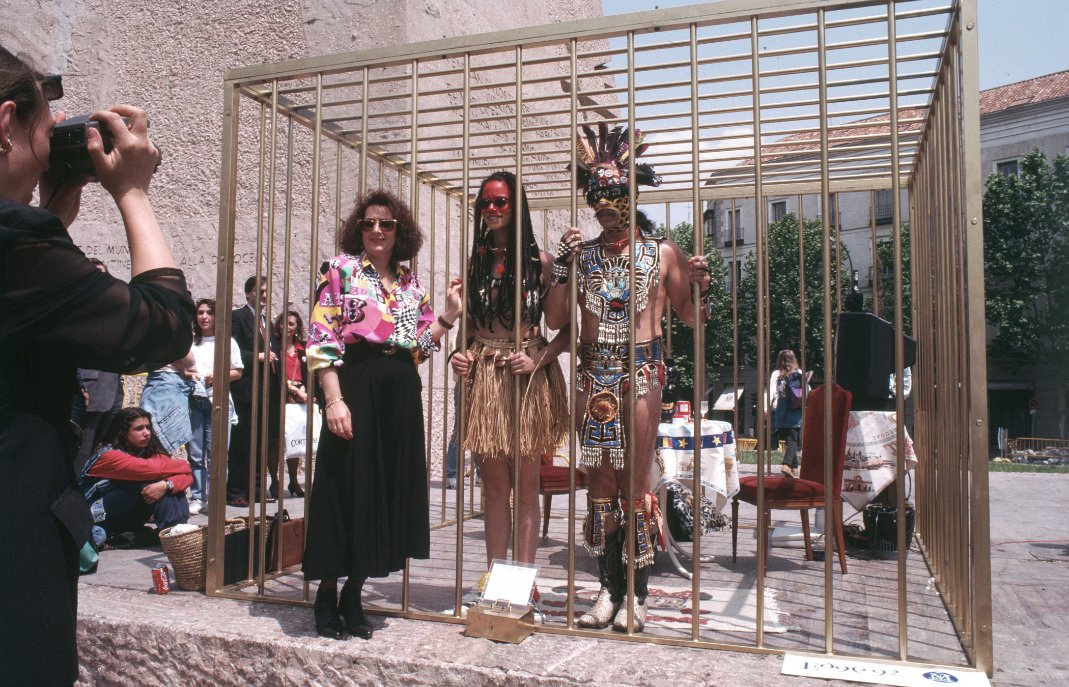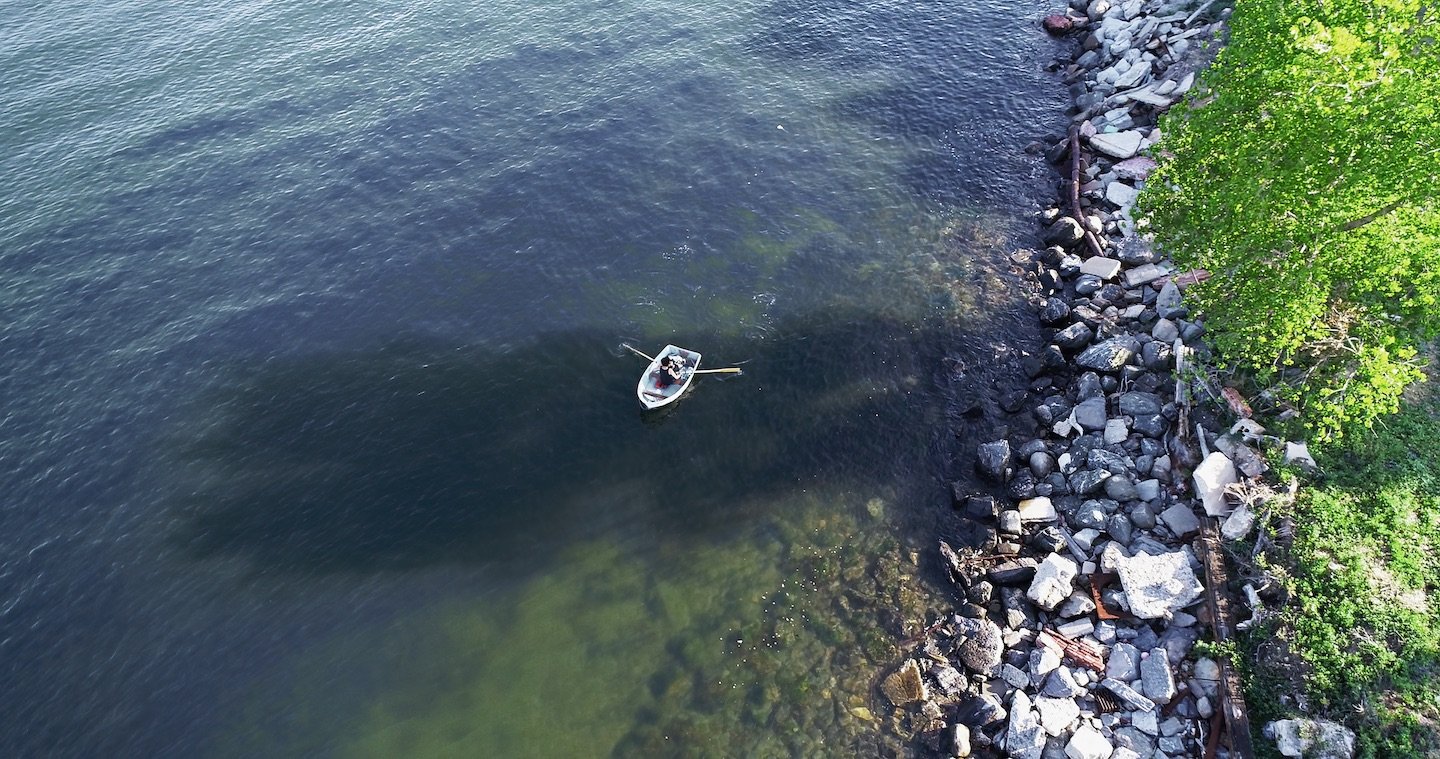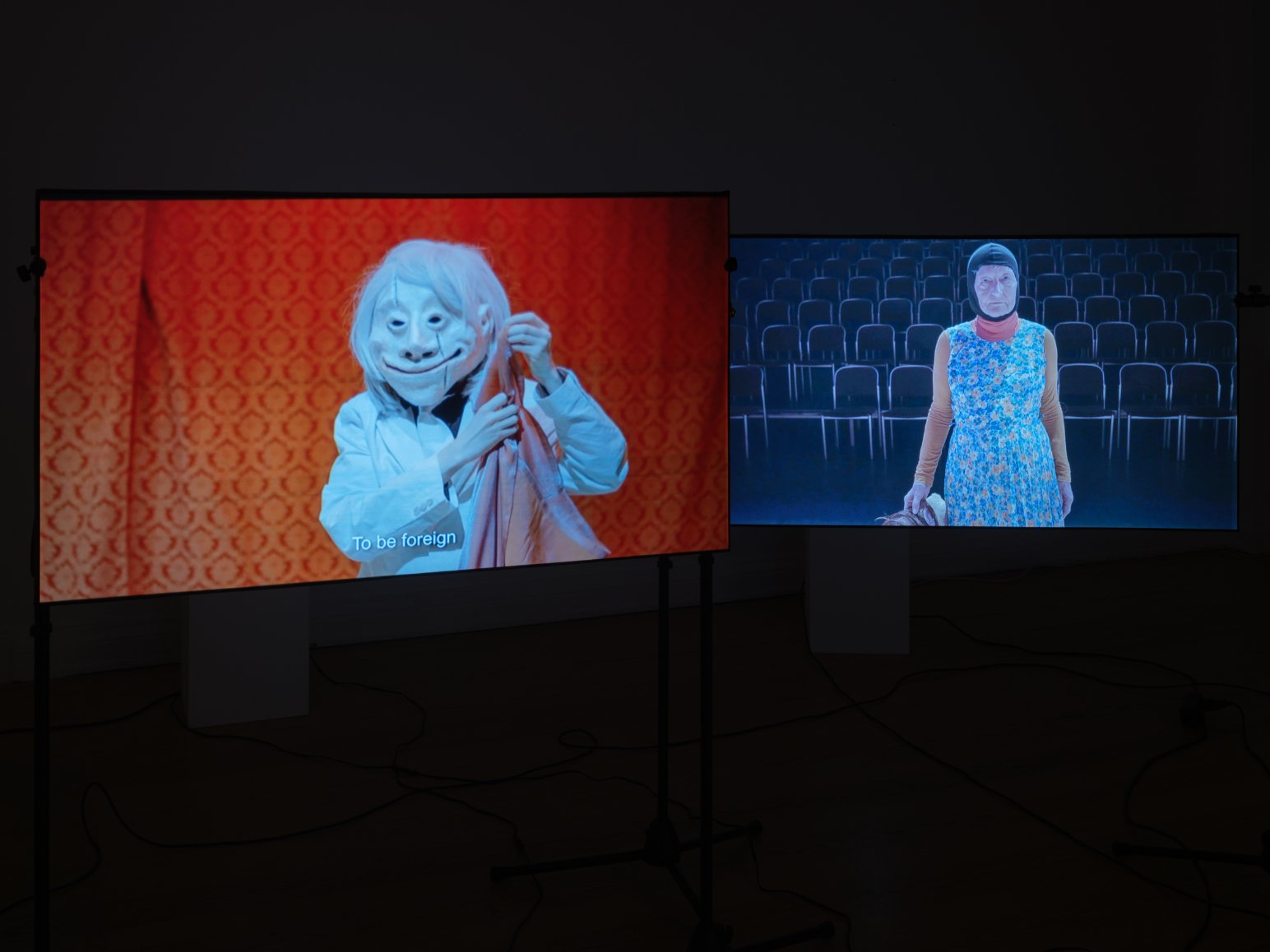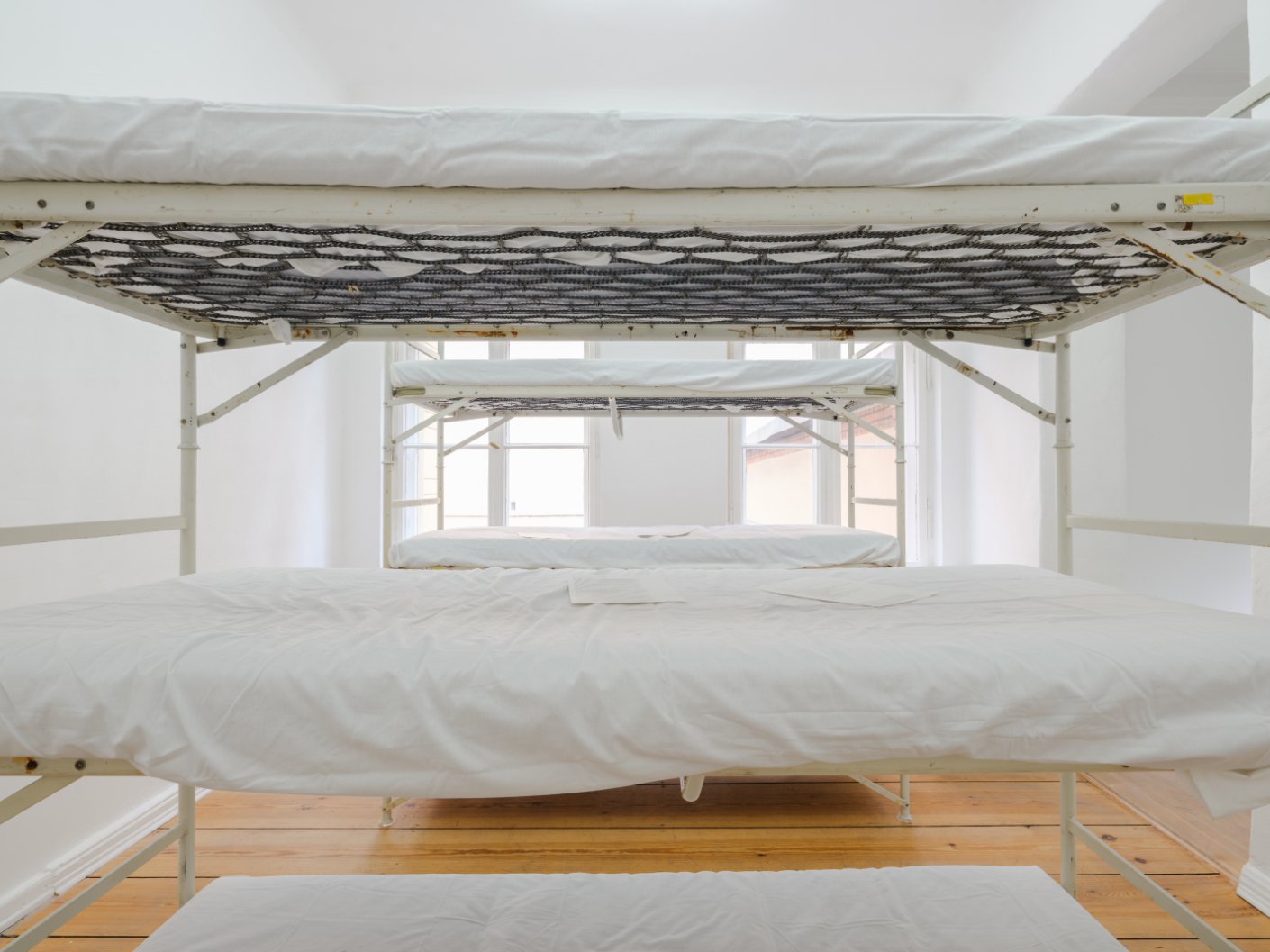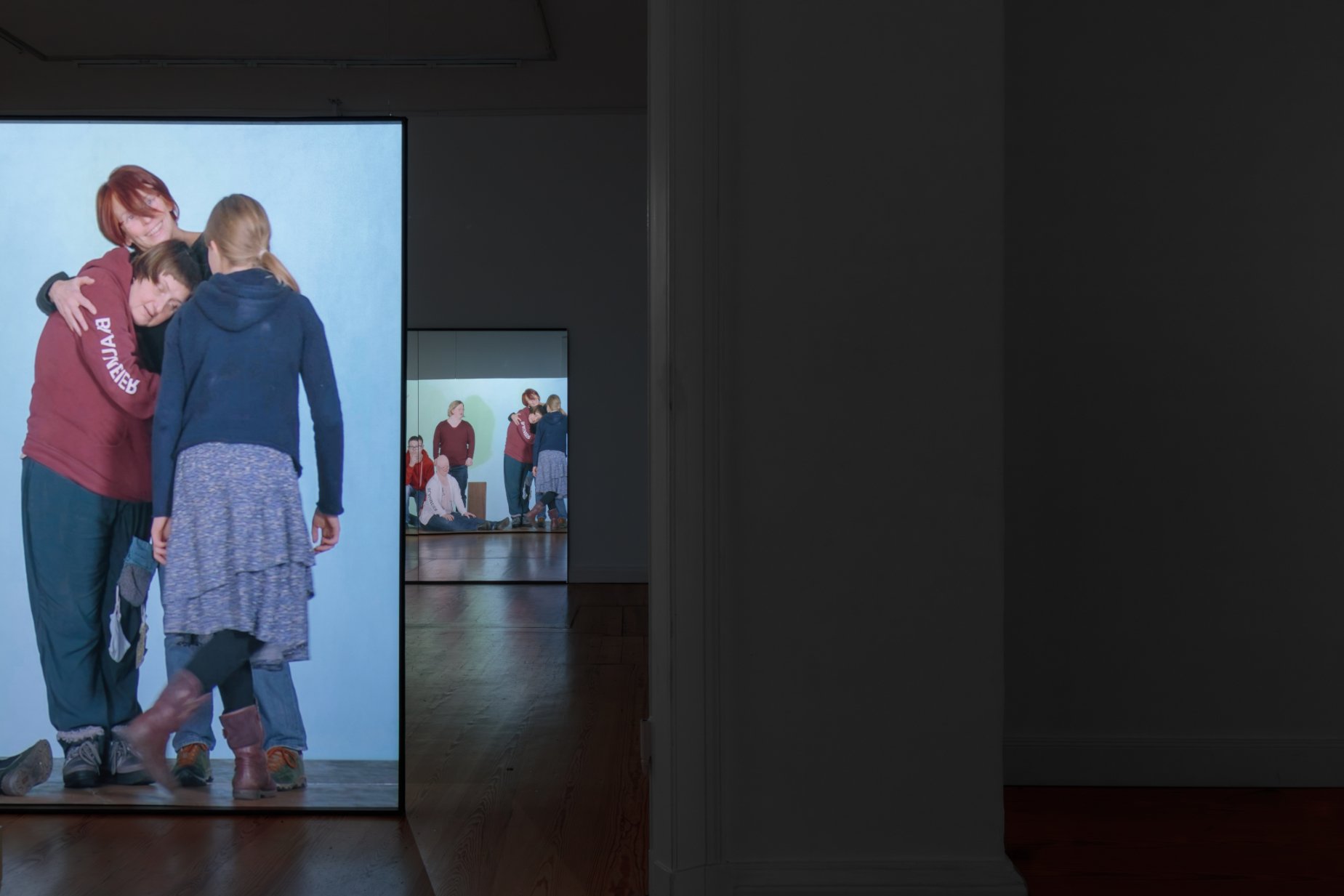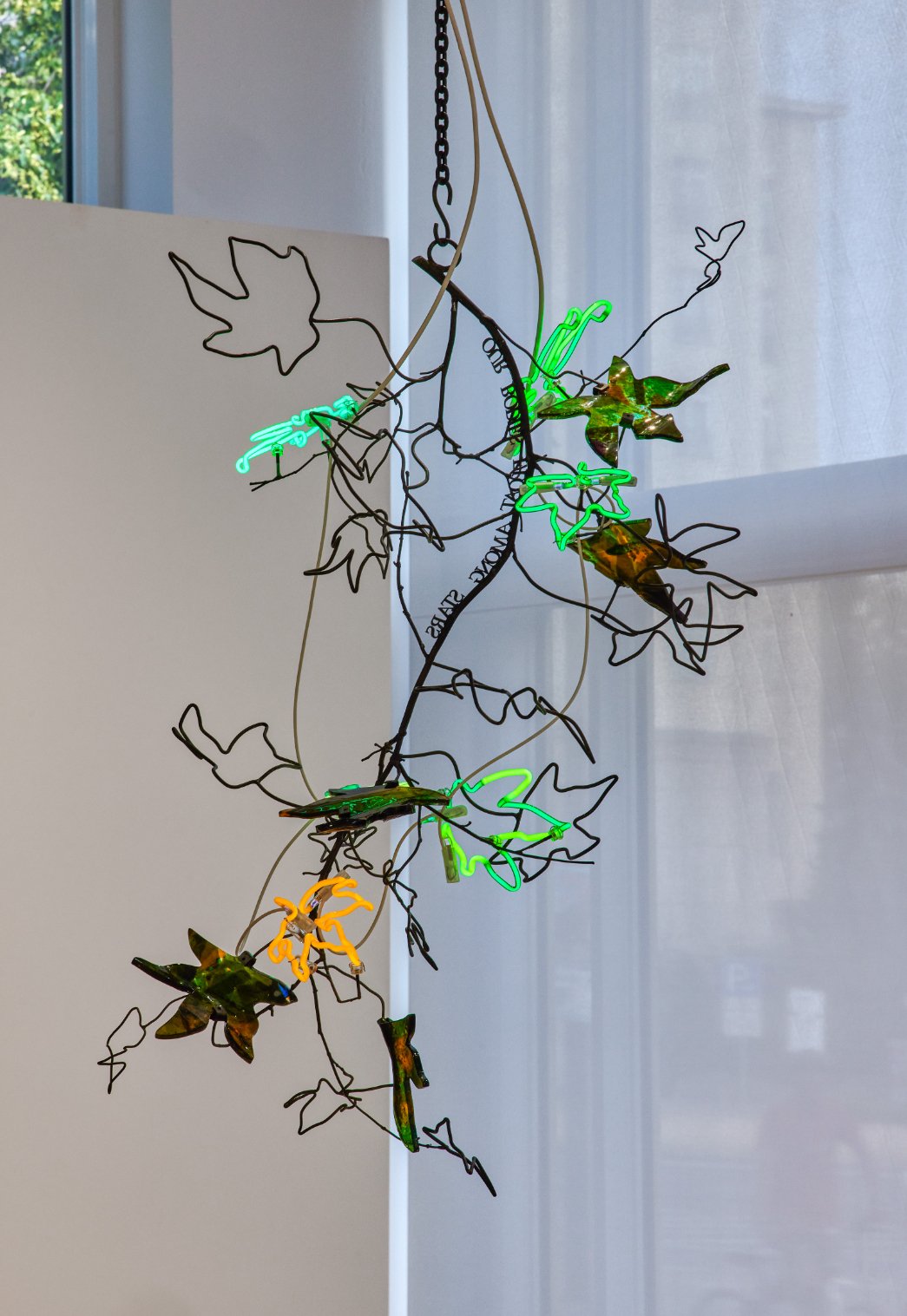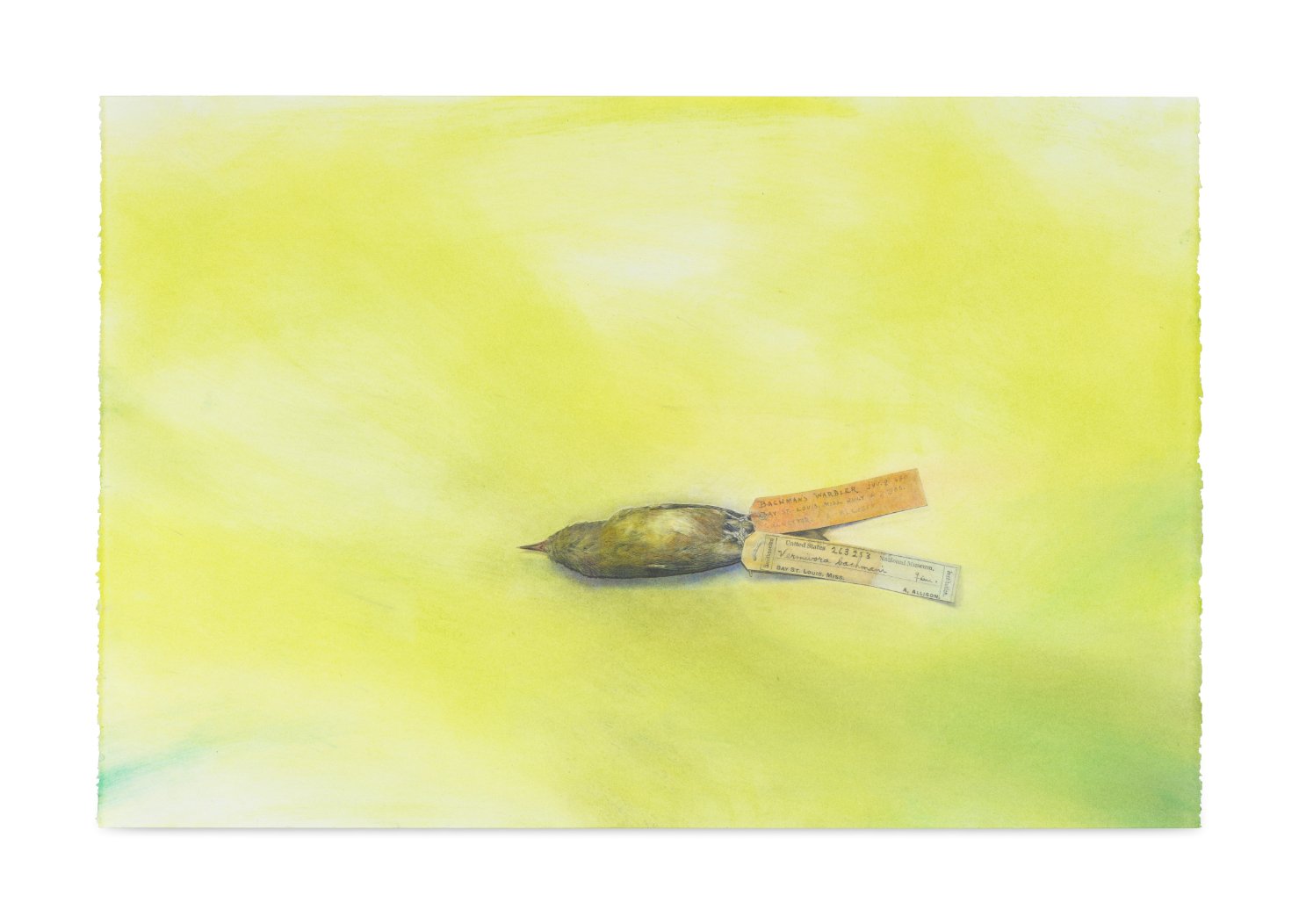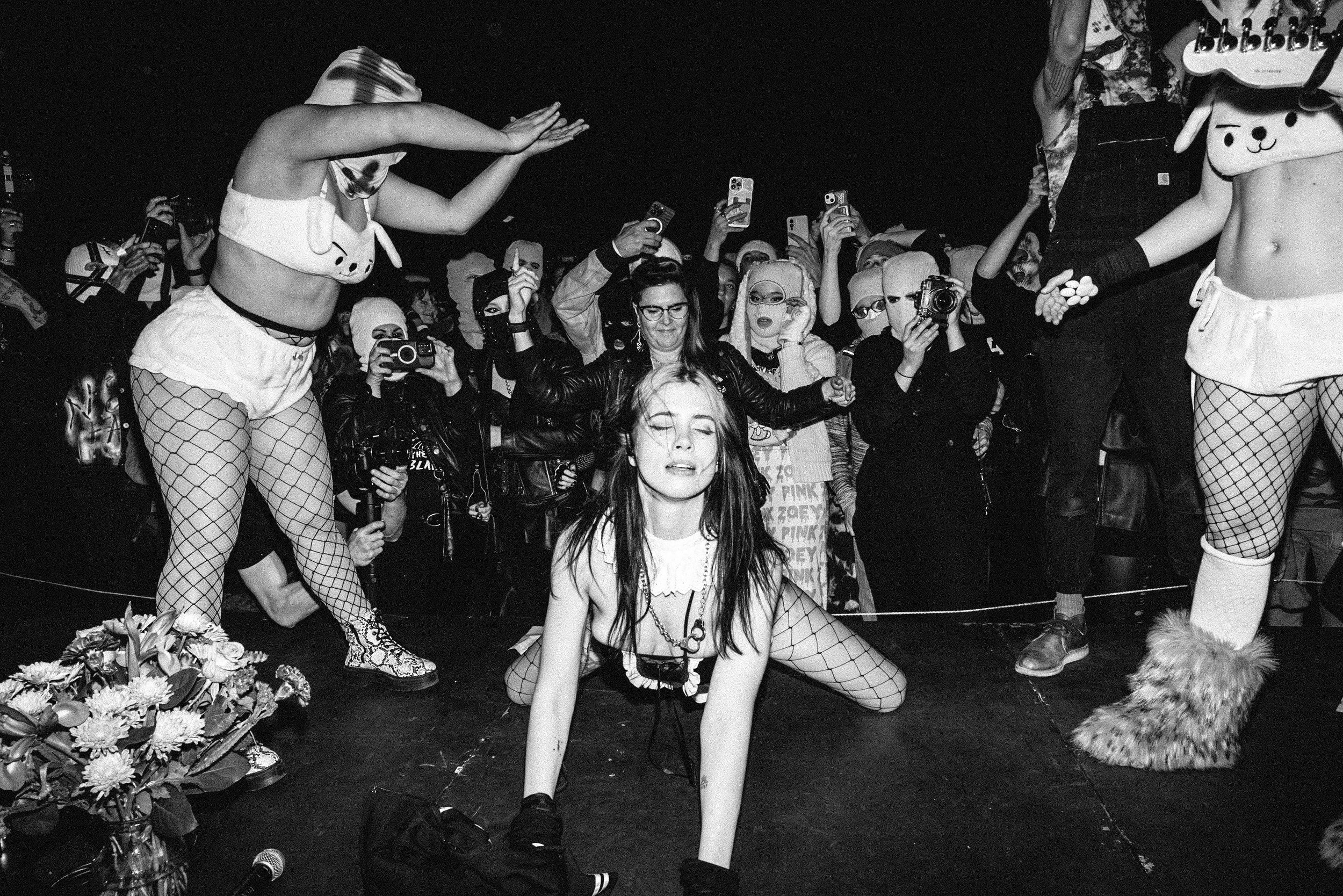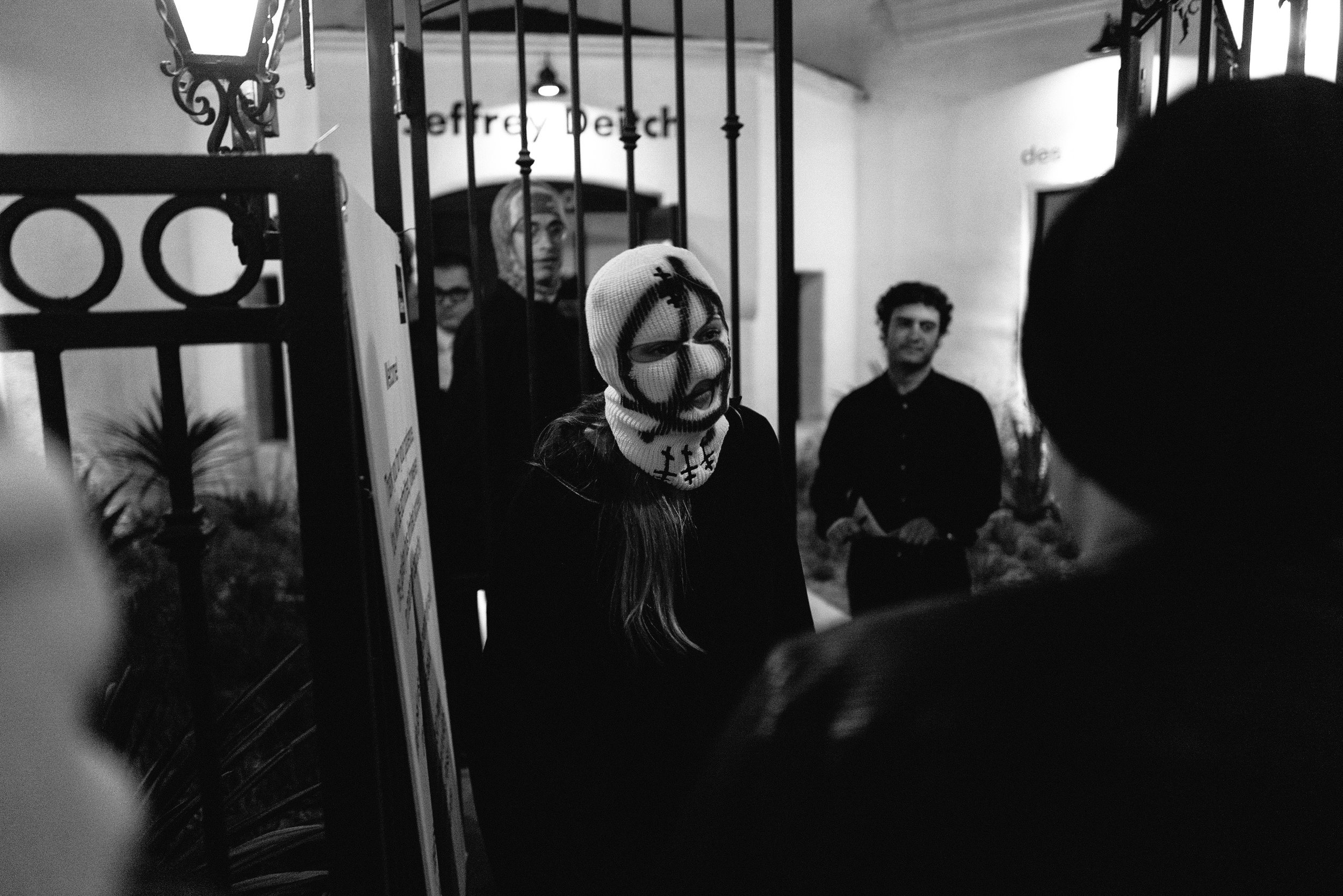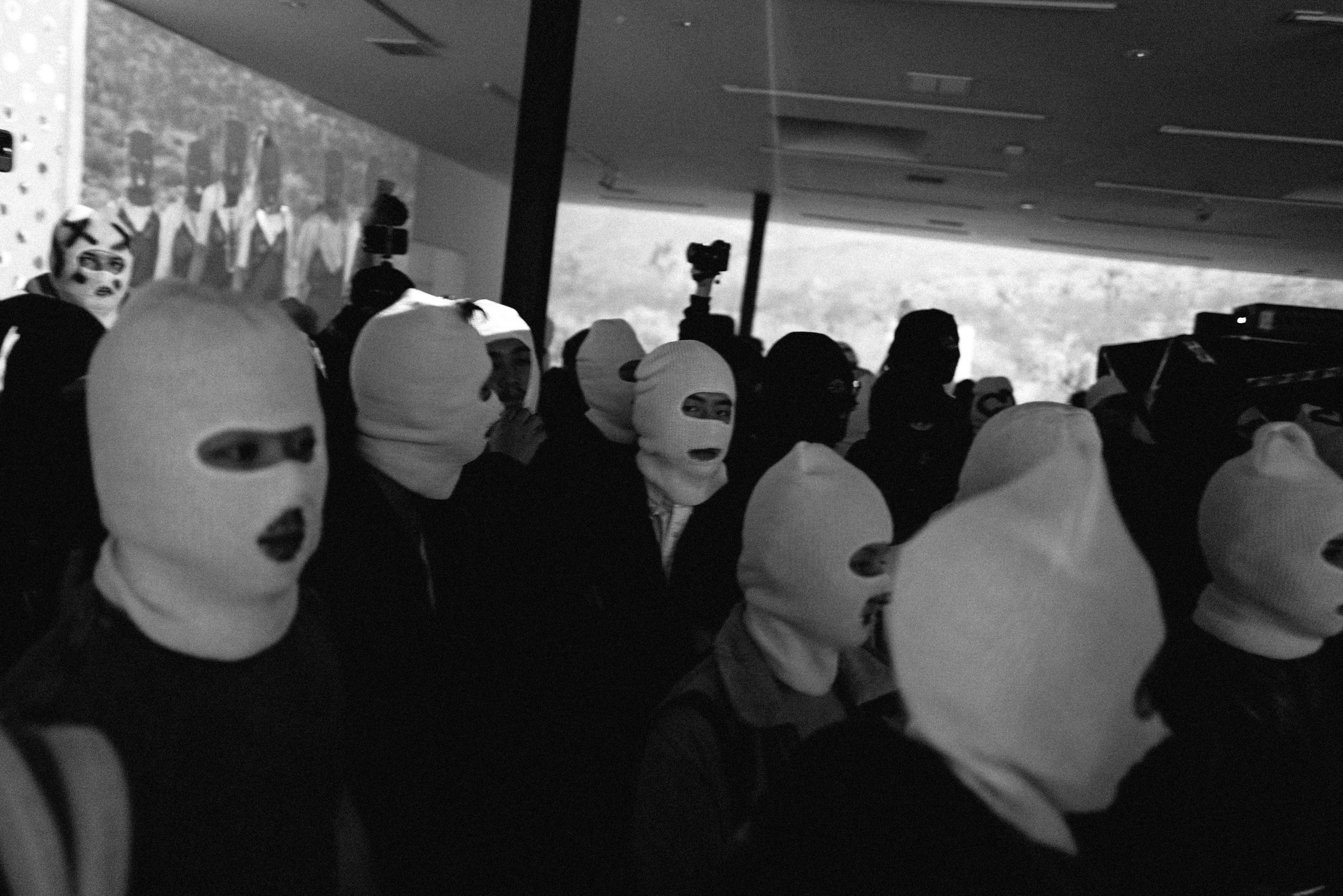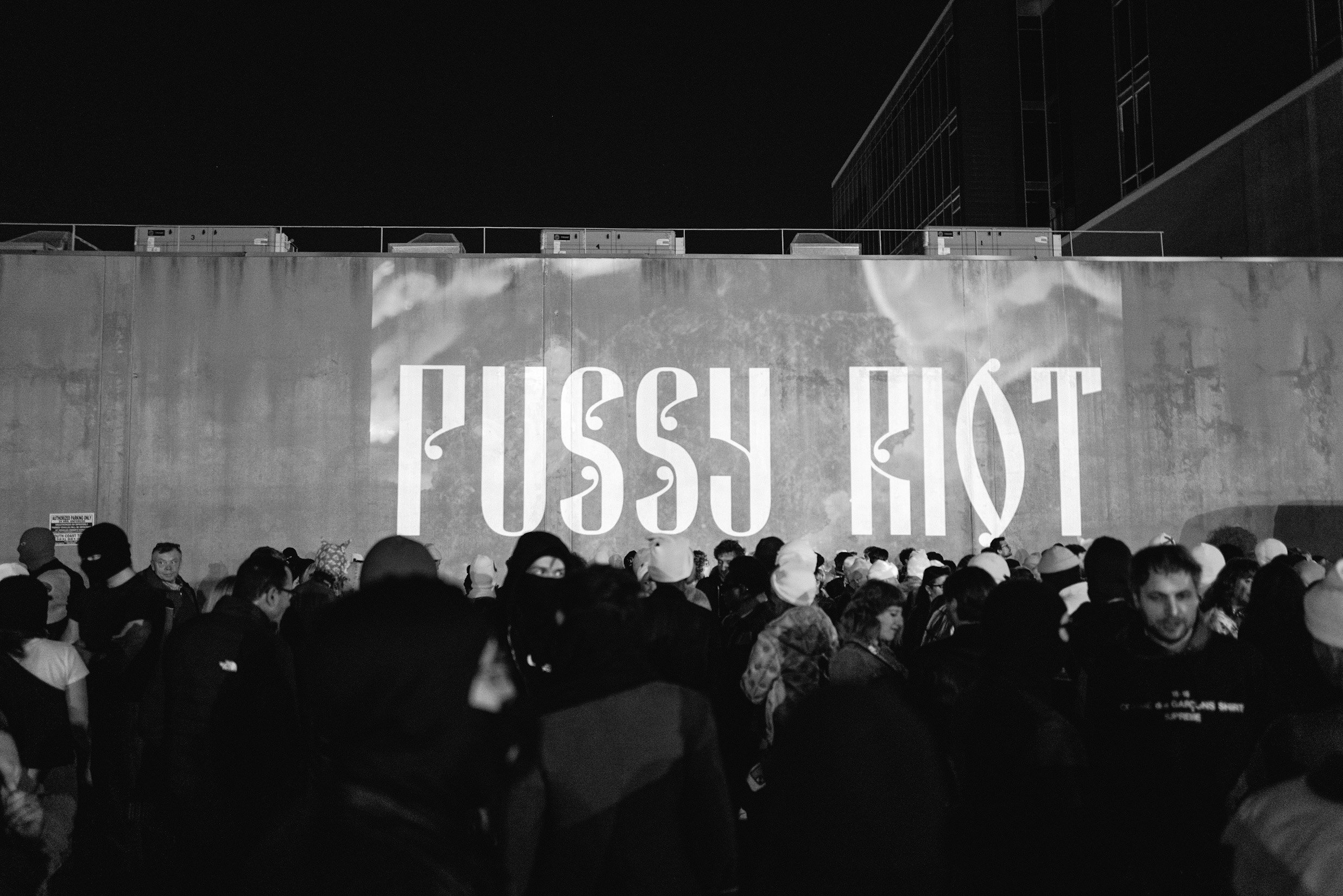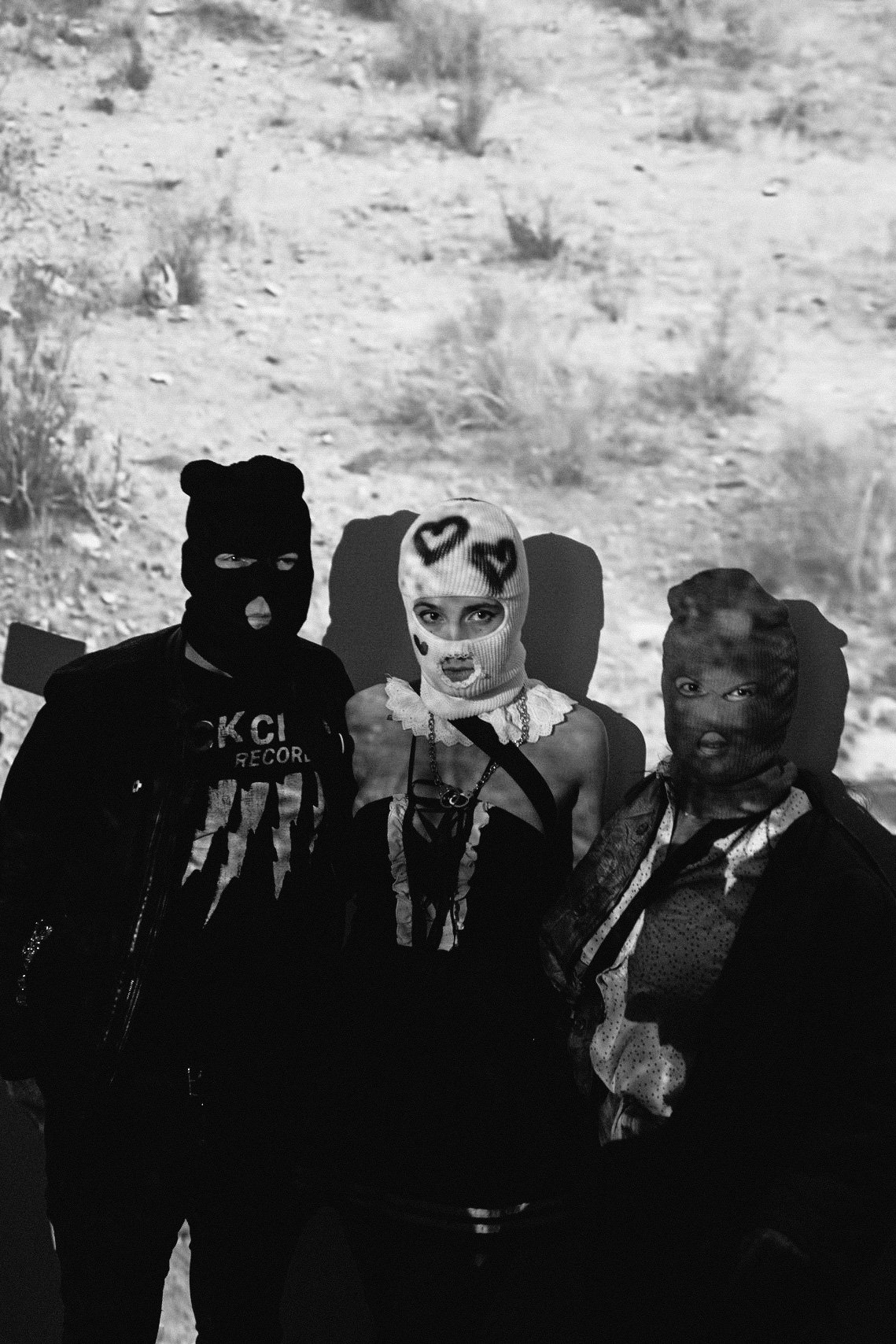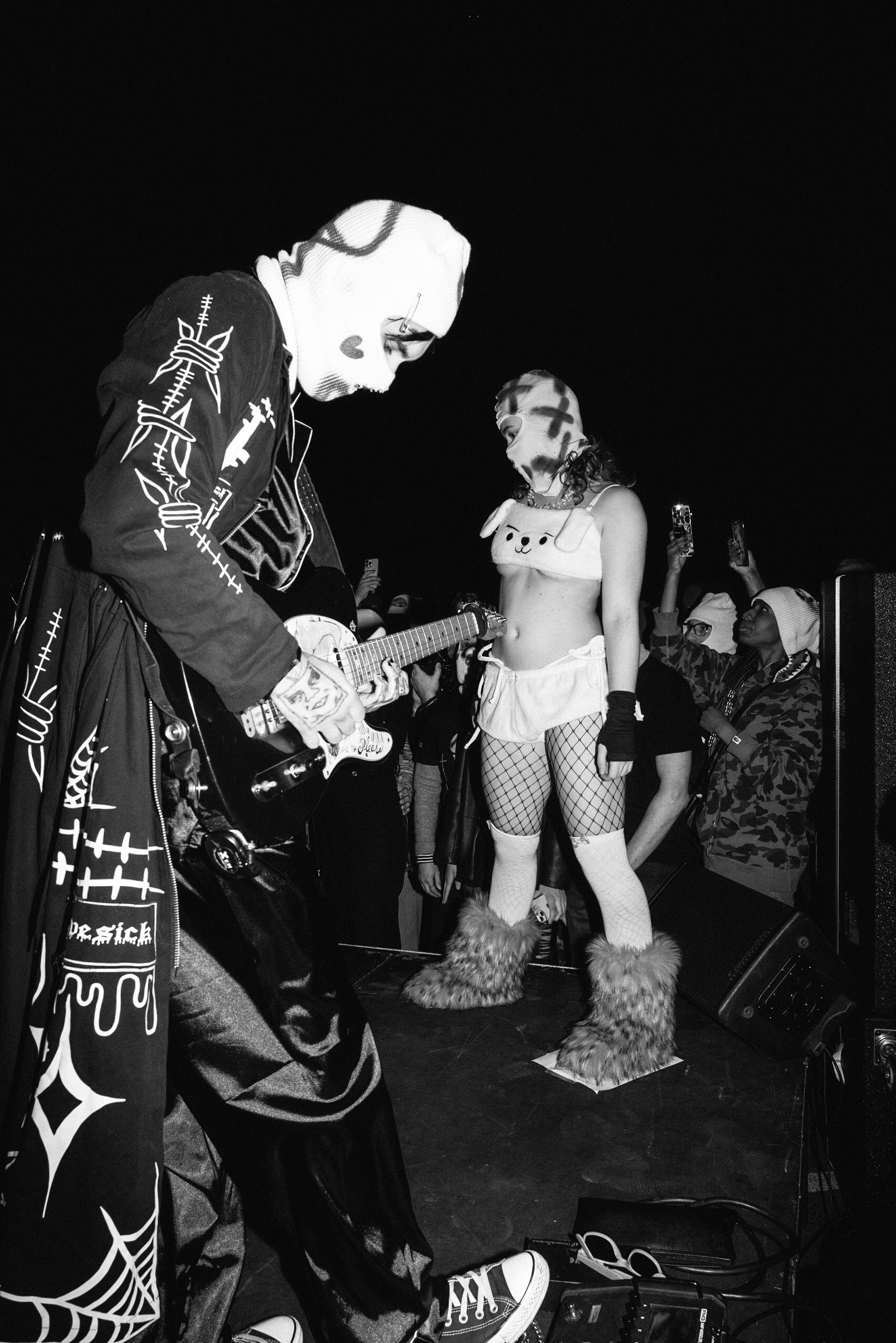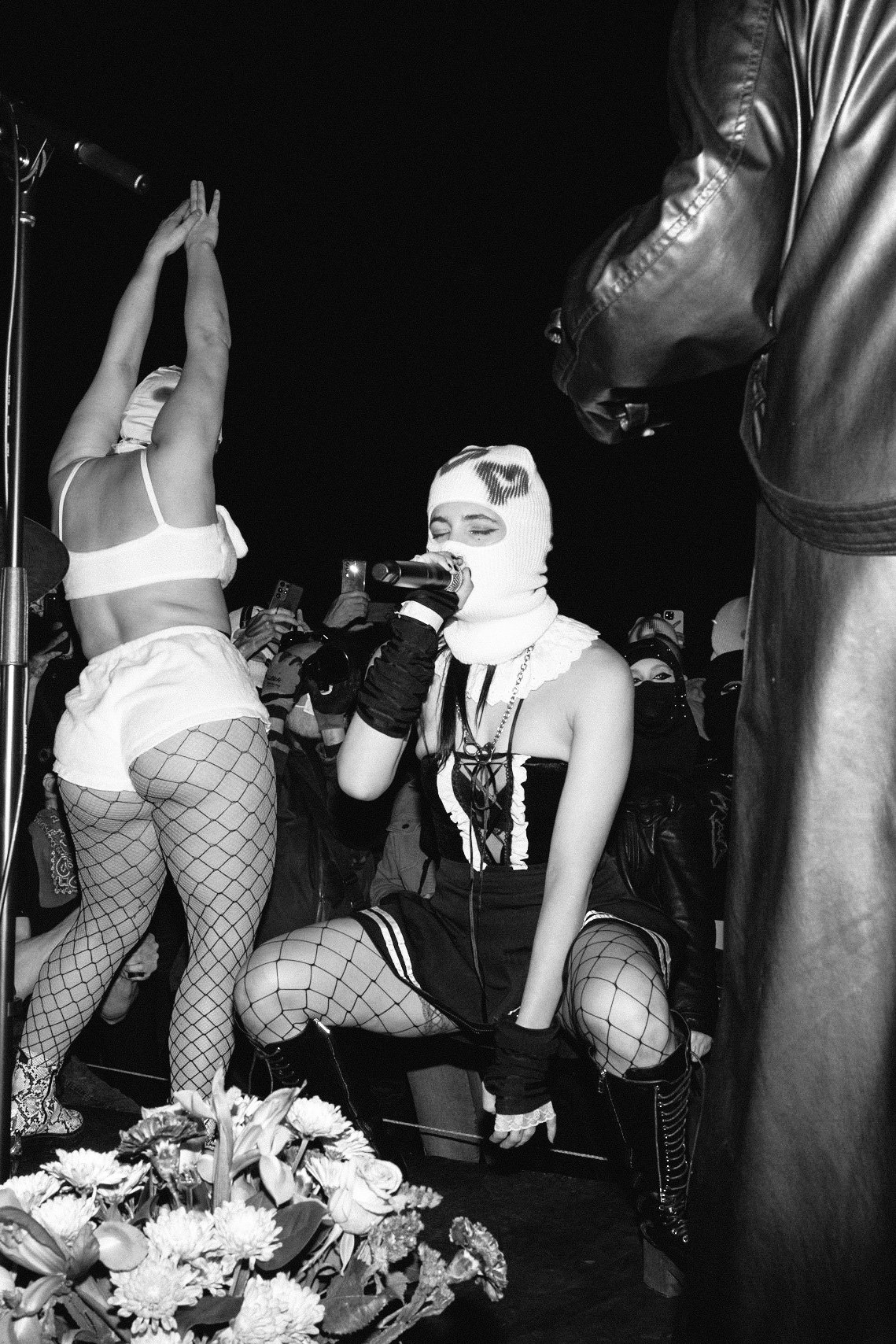Tomorrow, I Will Become an Island is the first major retrospective of Cuban-American artist Coco Fusco (b. 1960, US). For more than three decades, she has been a key voice in discourses on racial representation, feminism, postcolonial theory, and institutional critique. The exhibition seeks to trace the profound influence that Fusco’s work has had on contemporary art discourses in the Americas and Europe. To do so, it features a broad selection of the artist’s videos, photography, texts, installations, and live performances from the 1990s to the present day.
With her multidisciplinary practice, Fusco explores the ways that intercultural dynamics affect the construction of the self and ideas about cultural otherness. Her work is informed by multicultural and postcolonial discourses as well as feminist and psychoanalytic theories. Her investigation of intercultural dynamics has led her to develop art projects about ethnographic displays, animal psychology, sex tourism in the Caribbean, labor conditions in free trade zones, suppressed colonial records of Indigenous struggles, and the military interrogation techniques used in the war on terror. Her more recent work focuses on the relationship between poetry and revolutionary politics in Cuba.
The exhibition is loosely structured along these various interconnected themes. As such, Tomorrow, I Will Become an Island shows the breadth of Fusco’s artistic practice that is highly relevant considering current political and cultural debates in Germany and beyond.
Tomorrow, I Will Become an Island is on view through January 24th, 2024, at the KW Institute for Contemporary Art in Berlin at Auguststraße 69, 10117 Berlin, Germany

